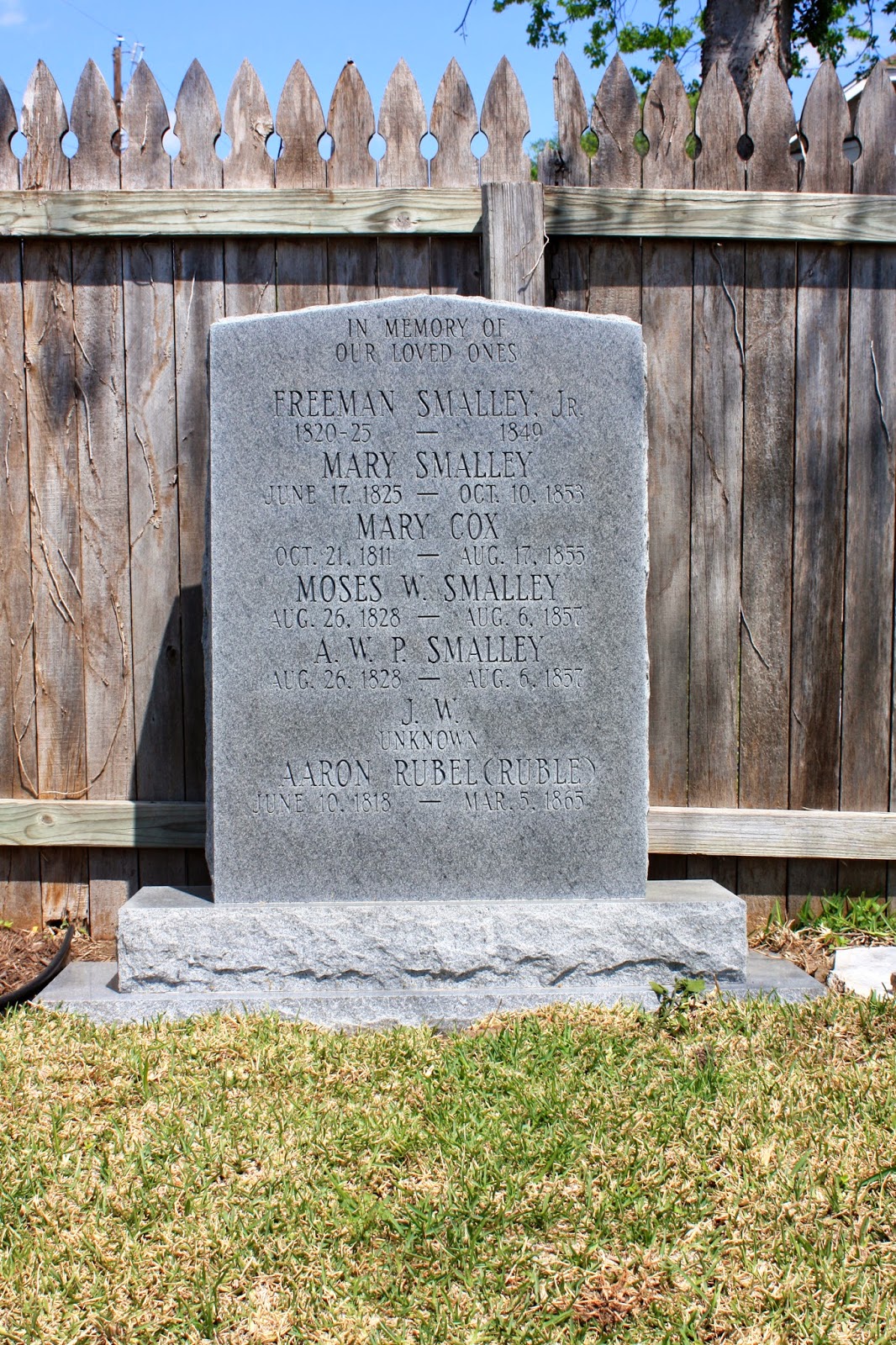In 1936, the State of Texas erected hundreds of granite monuments across the state. This was before the Texas Historical Commission. There are many in the Texas State Cemetery marking the graves of individuals of historical interest to the State of Texas. State of Texas Markers 15538, 16098 and 15484 respectively
A soldier of the San Jacinto
Army. Born in South Carolina
1812. Died July 4, 1856.
Army. Born in South Carolina
1812. Died July 4, 1856.
A veteran of the War of 1812
Internationally famous botanist
Friend of Darwin
Born in Georgia
Died at Long Point
Washington County, Texas
November 28, 1873
Internationally famous botanist
Friend of Darwin
Born in Georgia
Died at Long Point
Washington County, Texas
November 28, 1873
Born in Missouri
1811
Died in Bastrop County, Texas
May 6, 1880
Participated in the
Battle of Gonzales
October 2, 1835
Served in the Texas Army, 1836
and in the Woll Campaign, 1842
1811
Died in Bastrop County, Texas
May 6, 1880
Participated in the
Battle of Gonzales
October 2, 1835
Served in the Texas Army, 1836
and in the Woll Campaign, 1842







